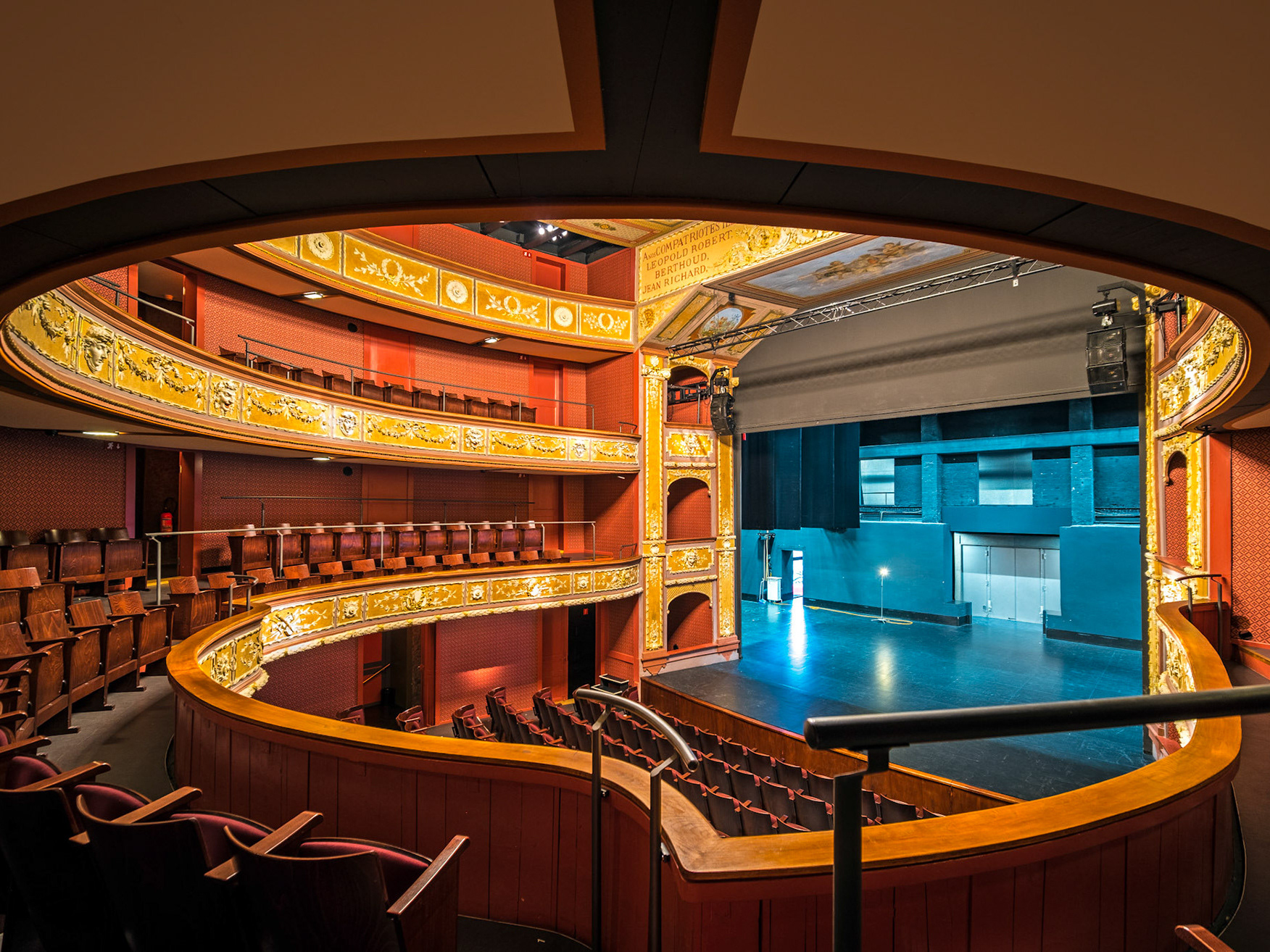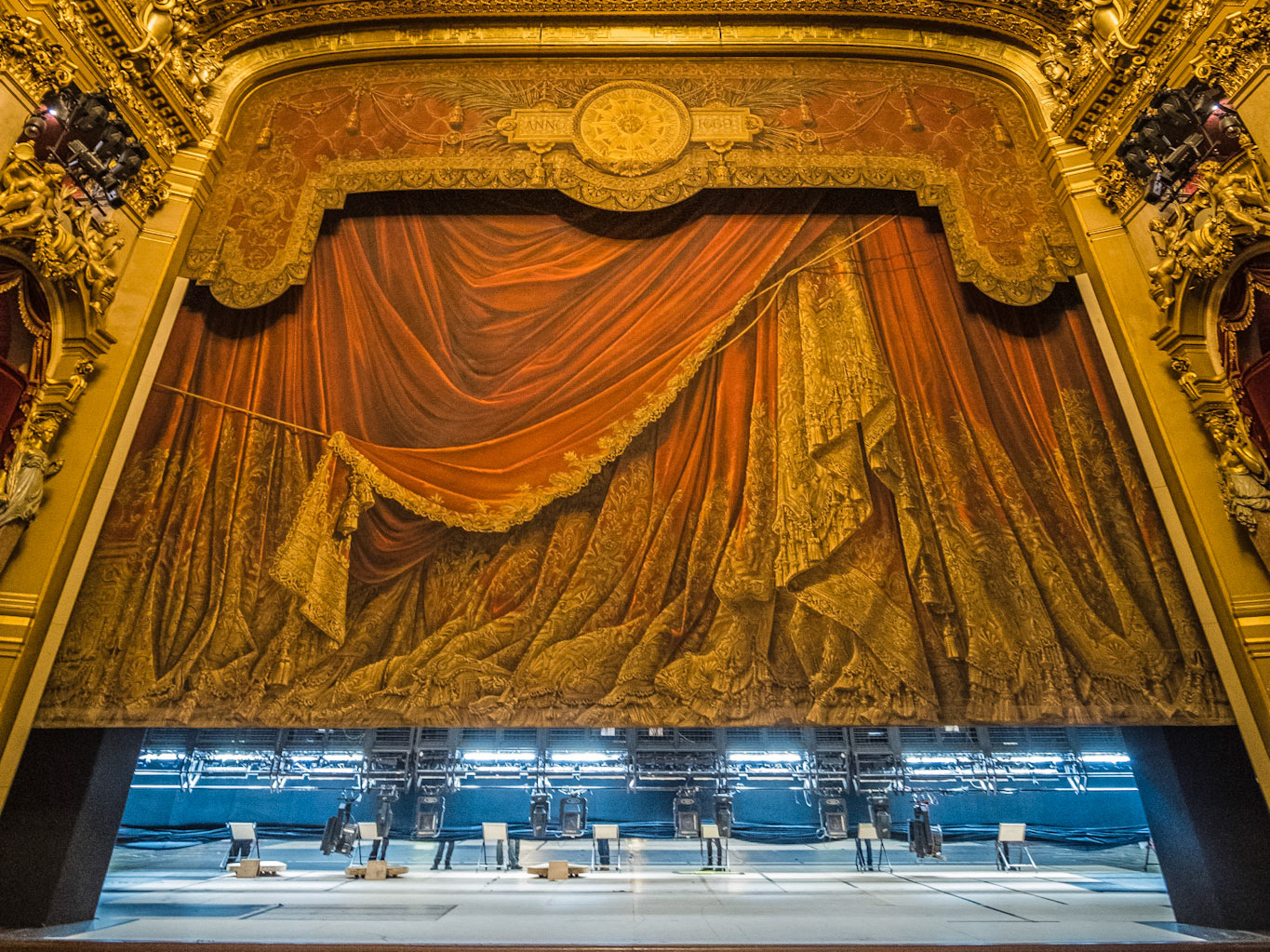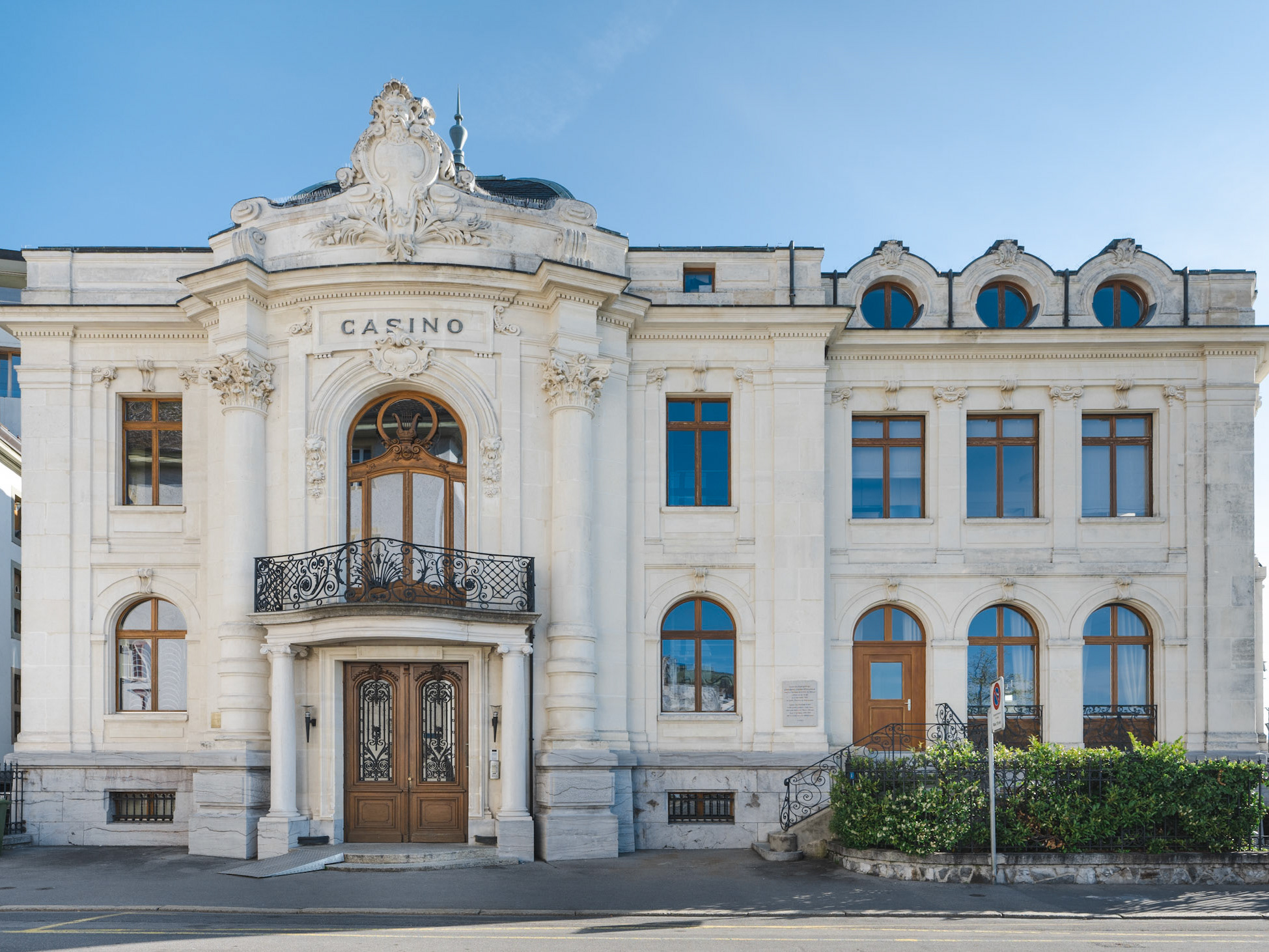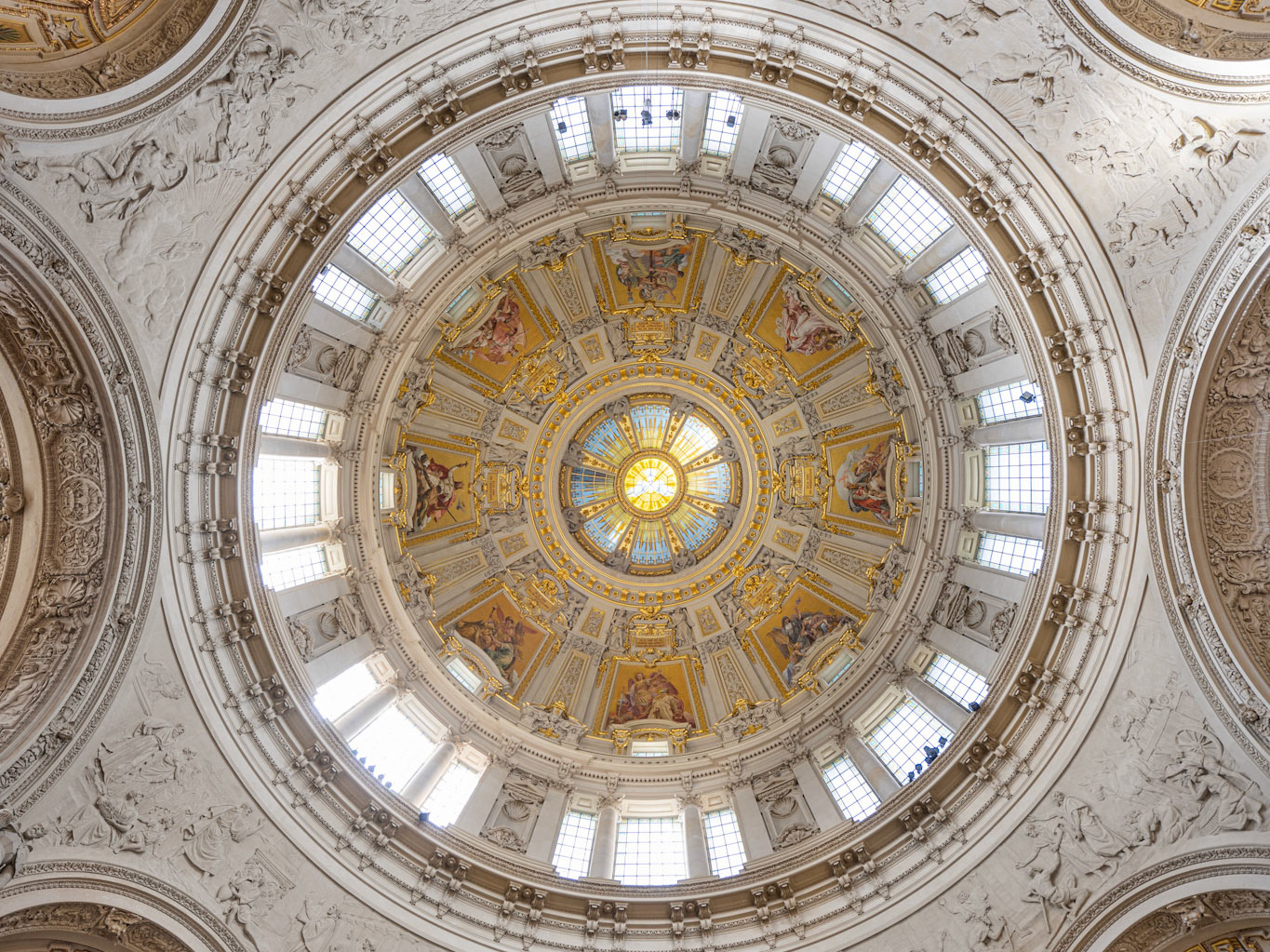





Neo-Baroque architecture emerged in the mid-19th century as part of the broader historicist movement, which sought to revive and reinterpret past architectural styles. Drawing inspiration from the grandeur and theatricality of 17th- and 18th-century Baroque architecture, Neo-Baroque buildings are characterized by monumental scale, dynamic compositions, and rich decorative programs. Common features include dramatic staircases, domes, curved facades, and elaborate ornamentation incorporating stucco, sculpture, and classical motifs. Often associated with state institutions, opera houses, and grand urban buildings, Neo-Baroque architecture was used to express power, prestige, and cultural refinement in an era of growing nationalism and imperial ambition.





